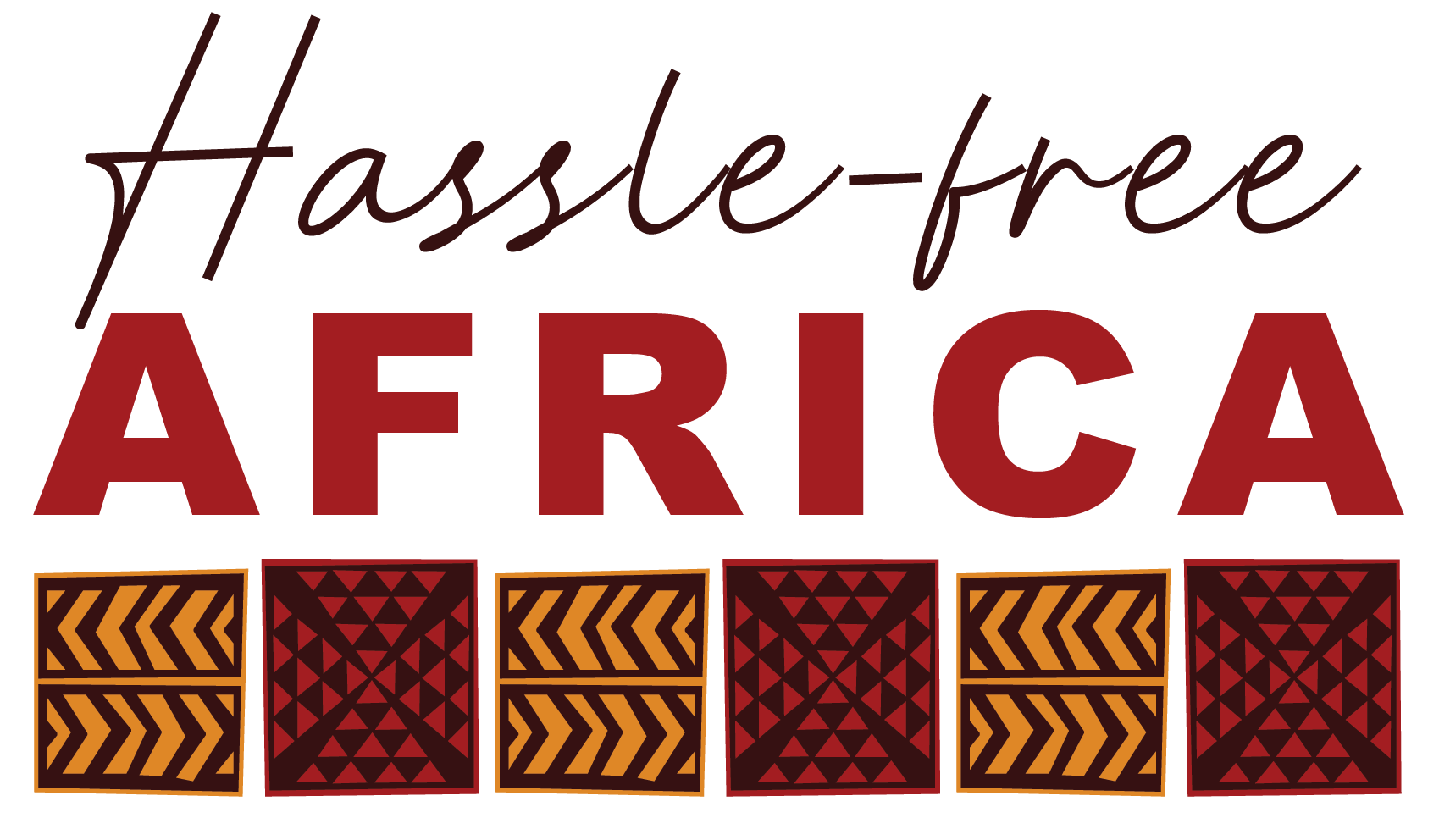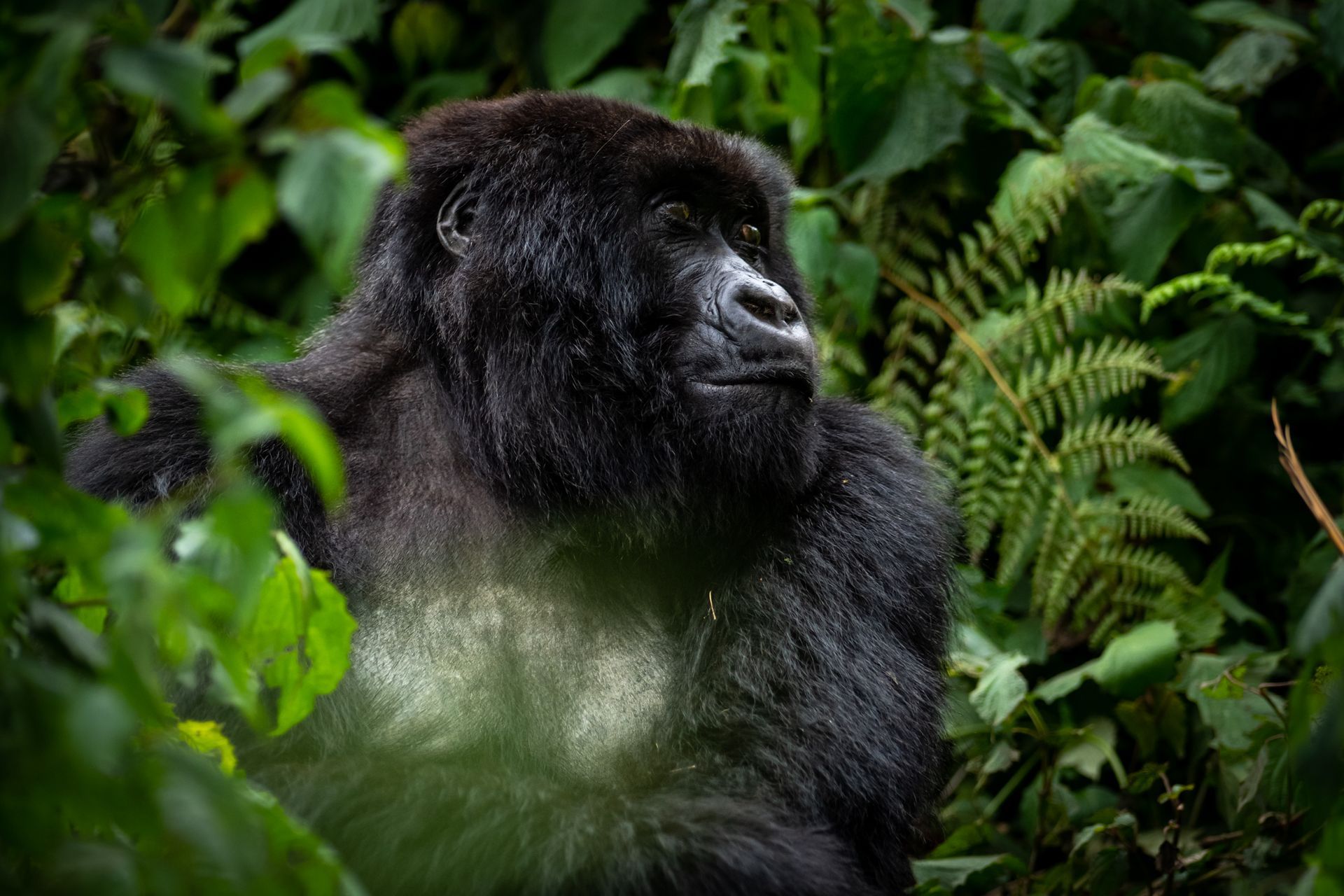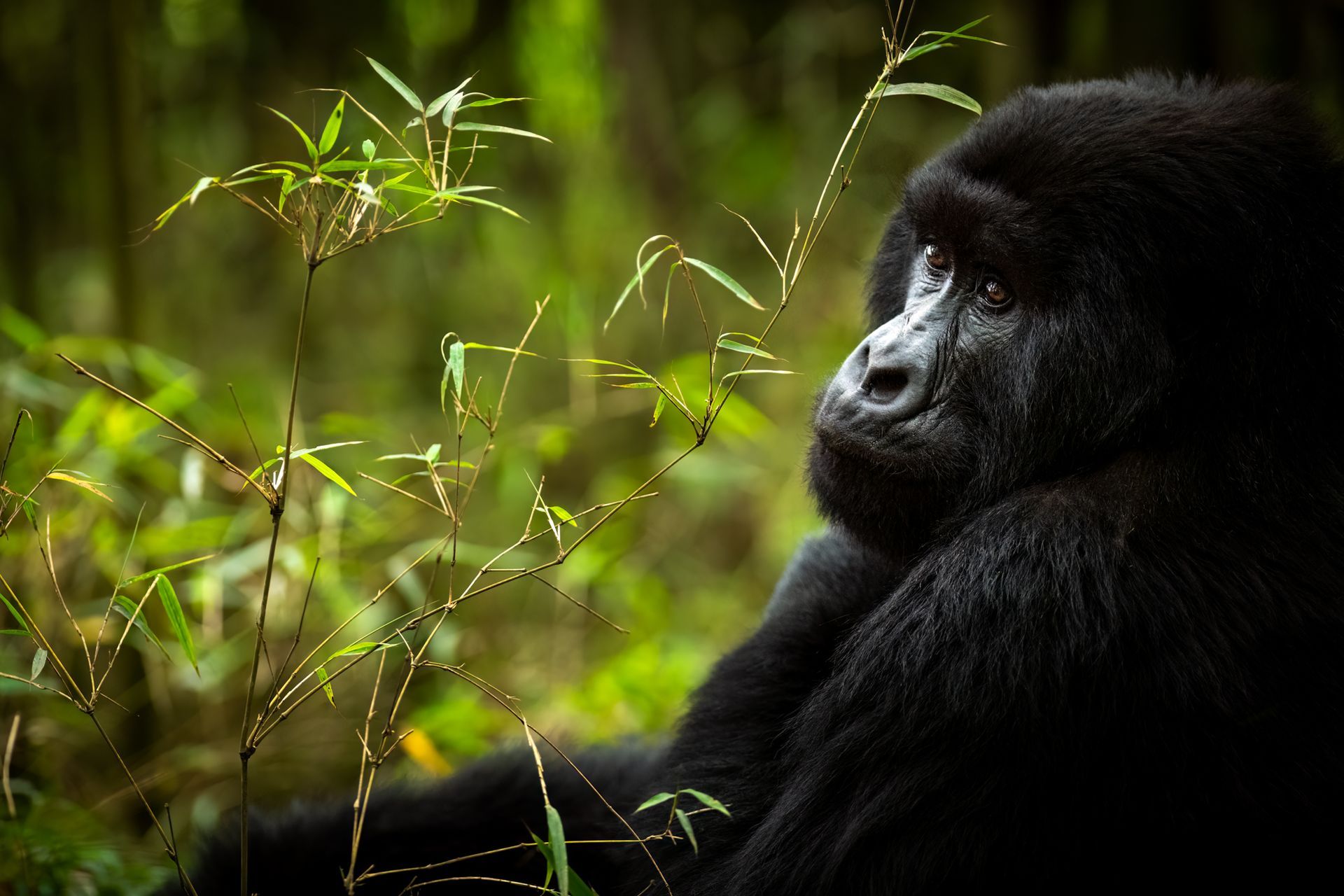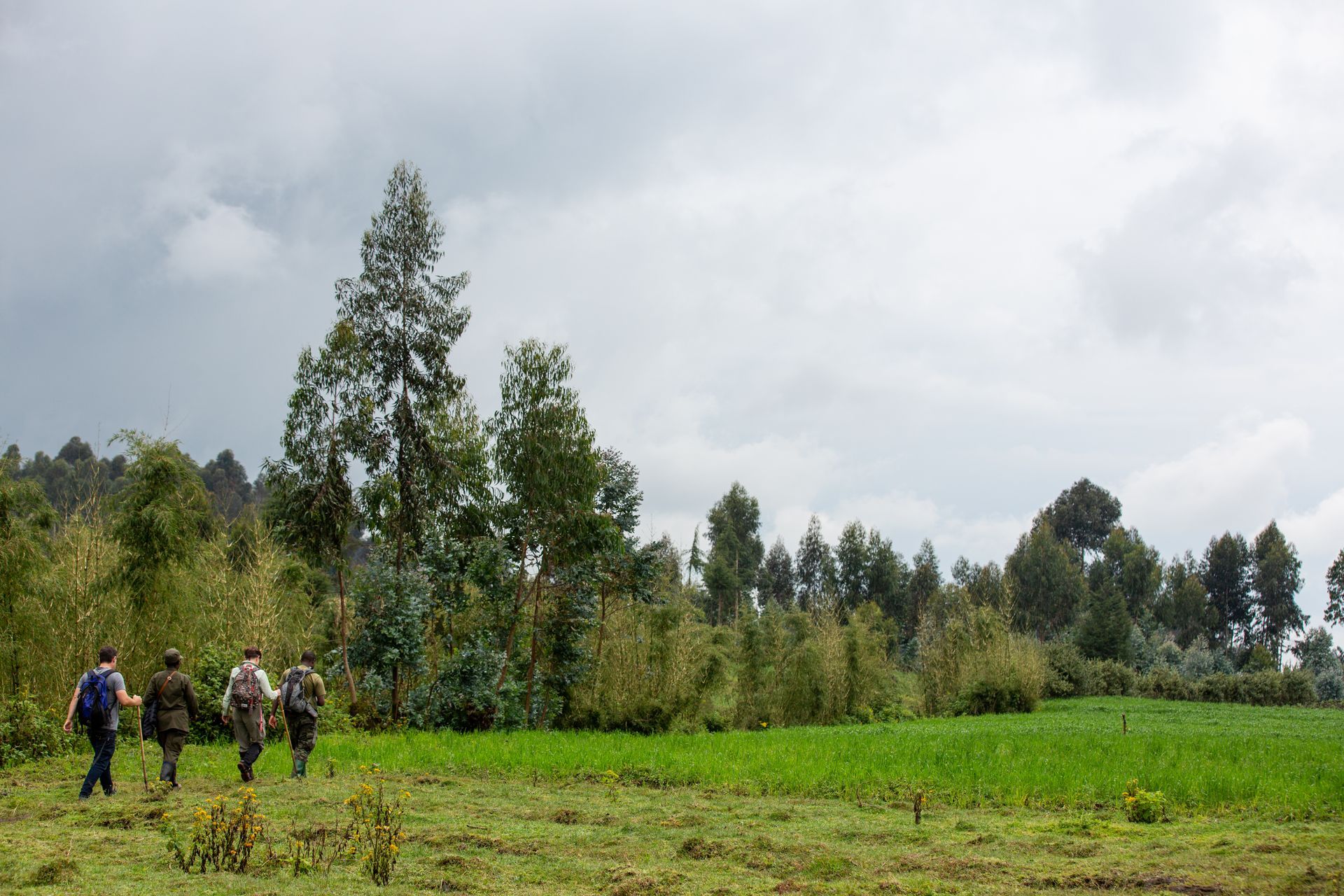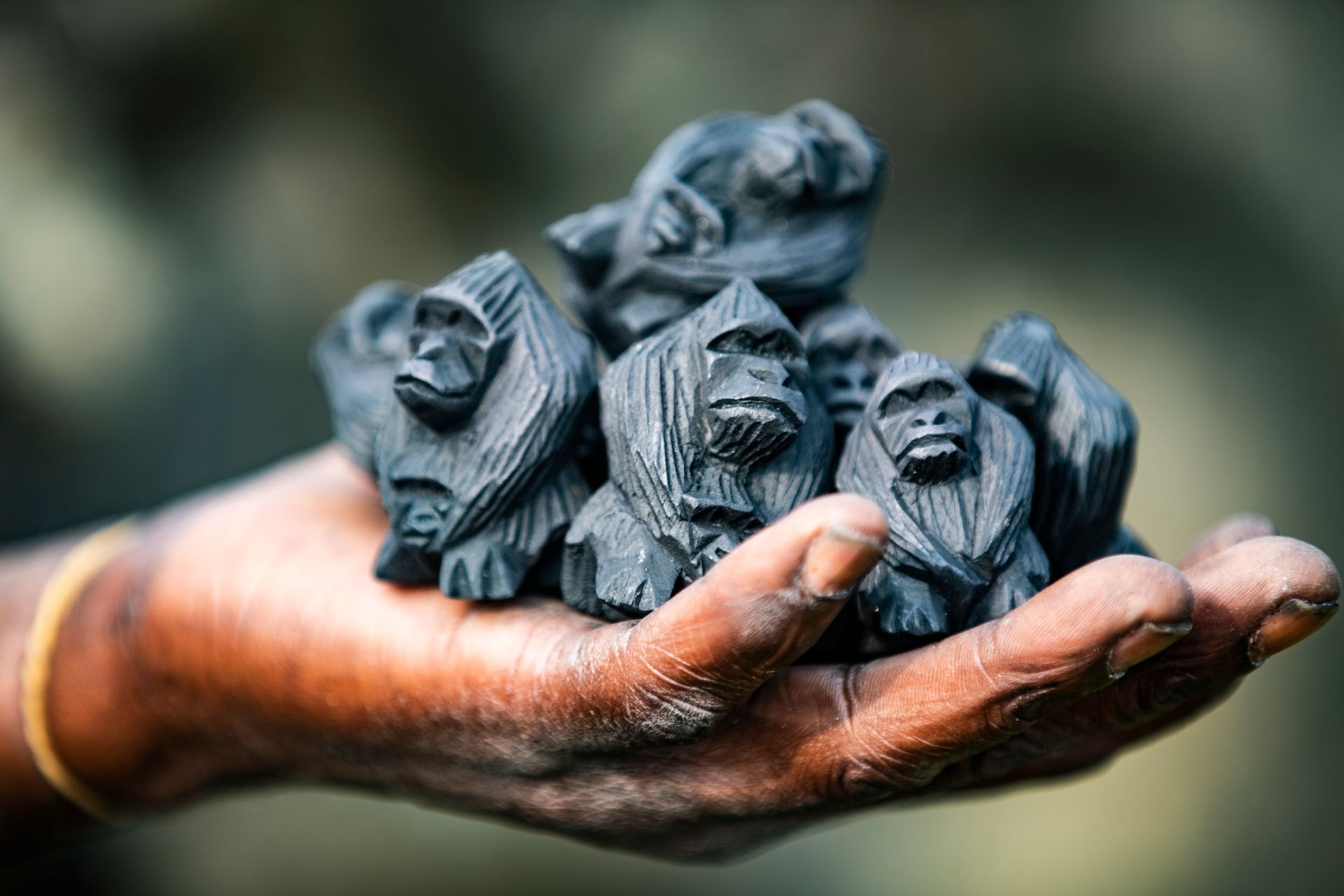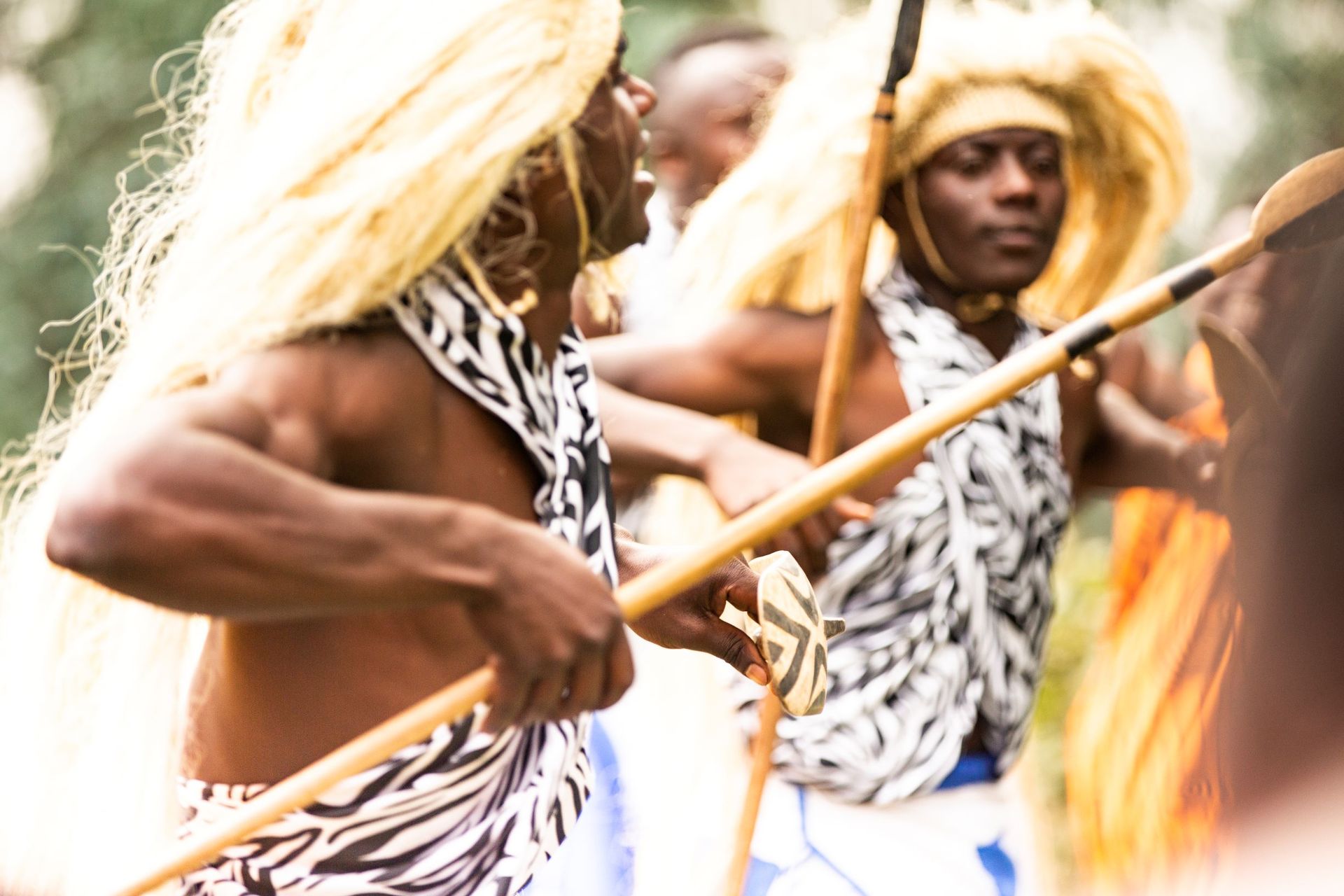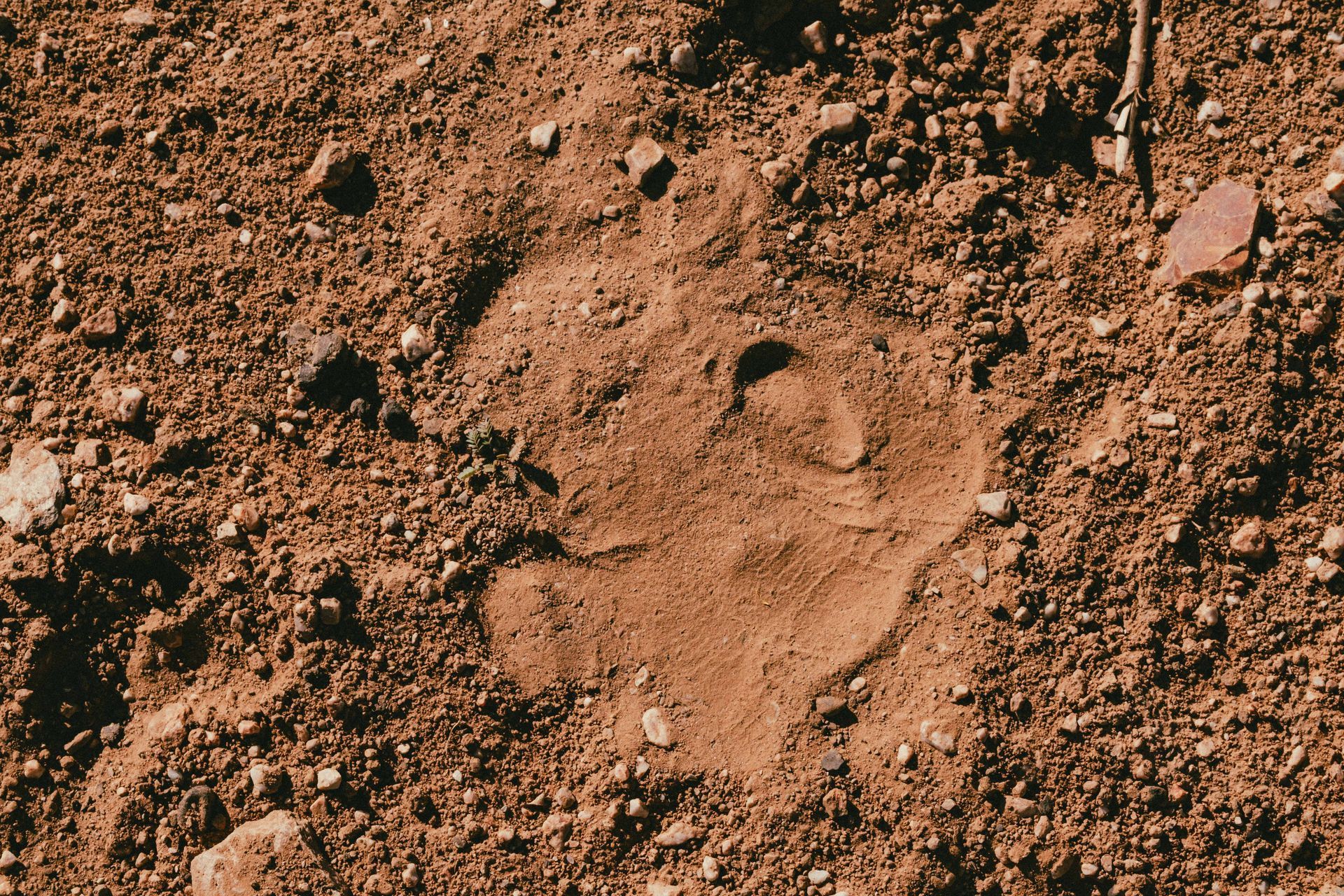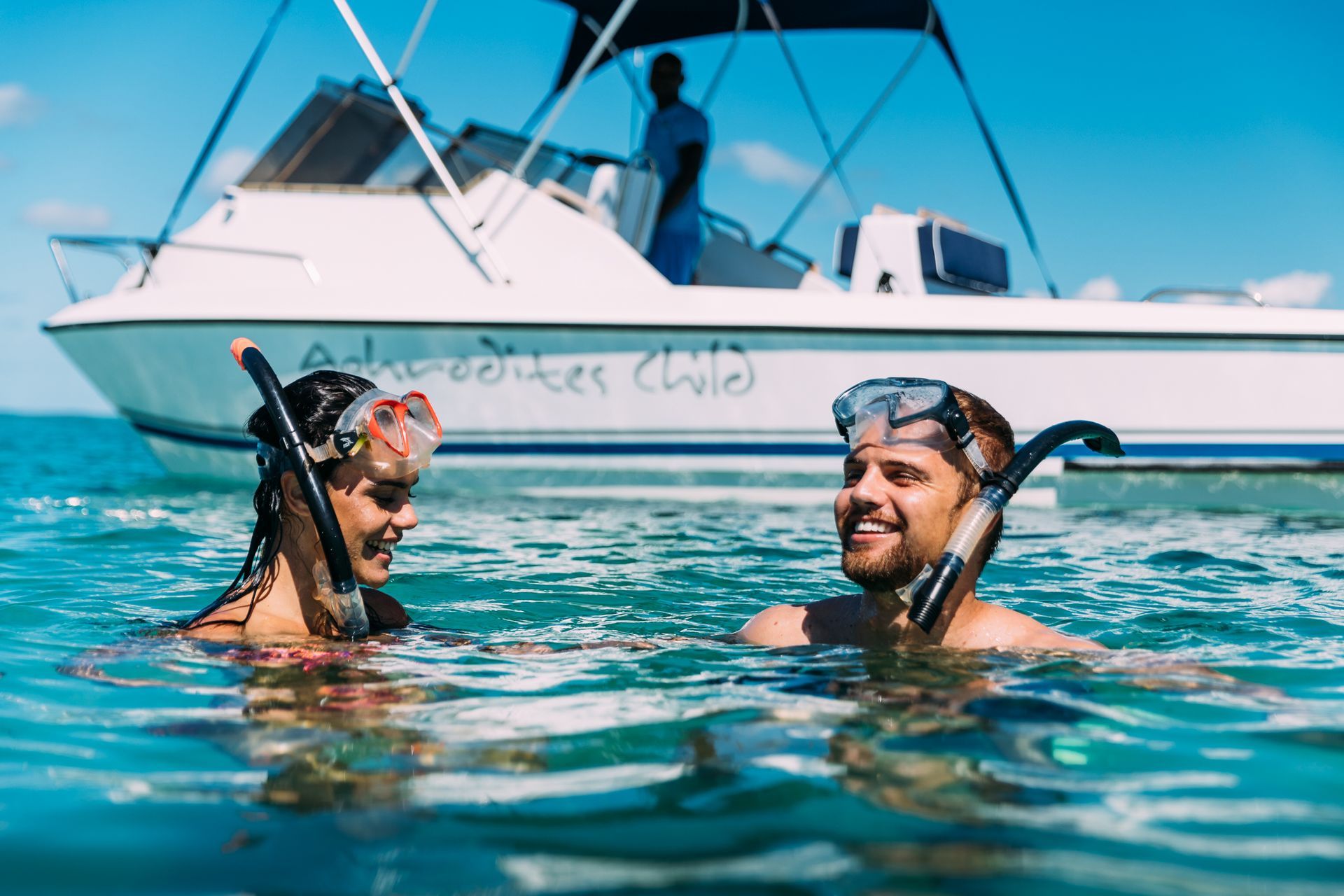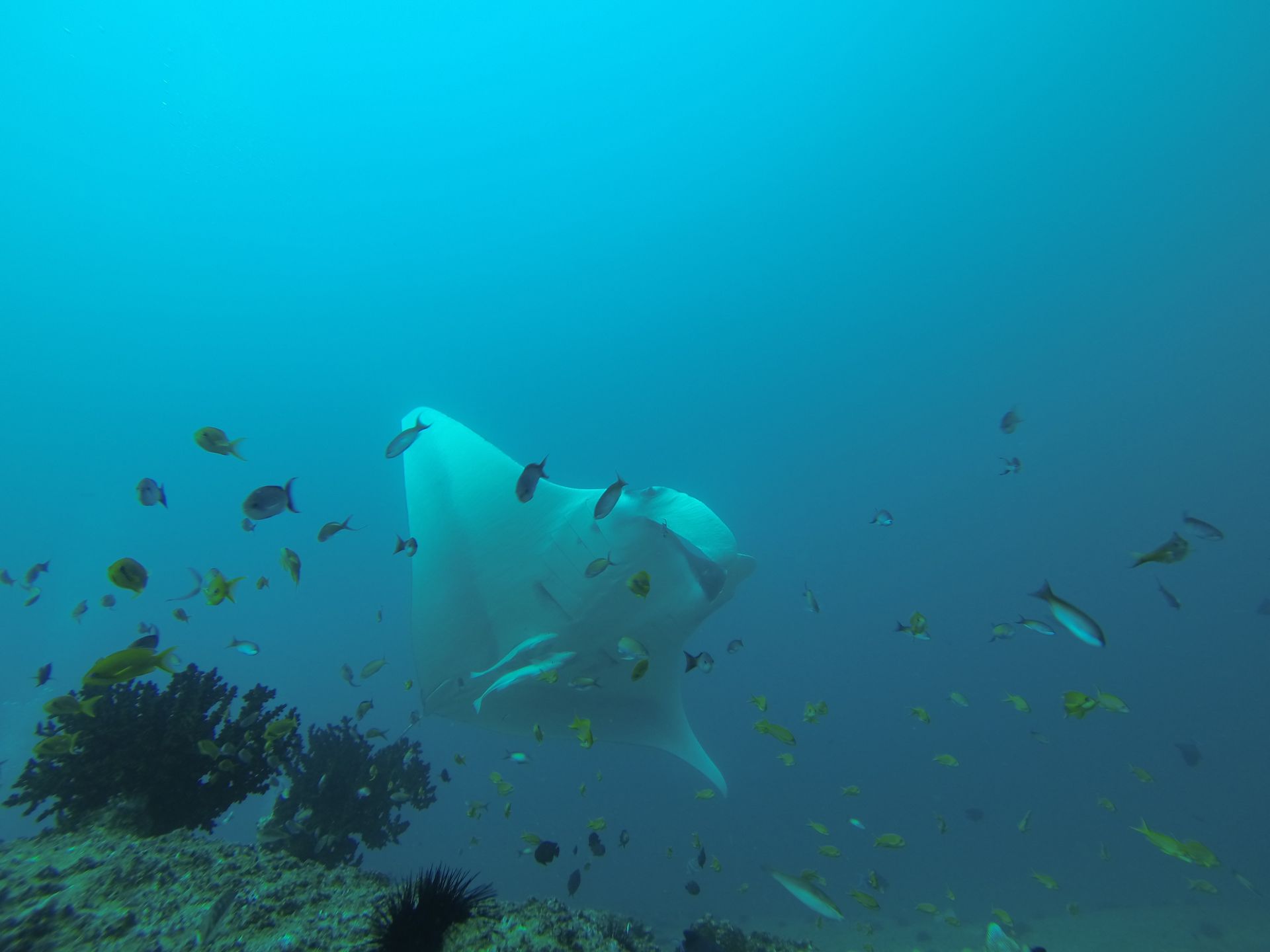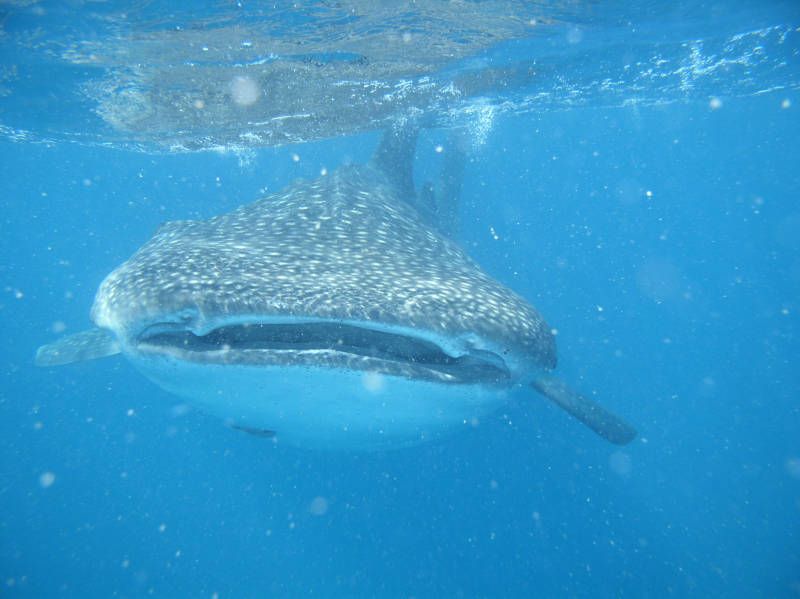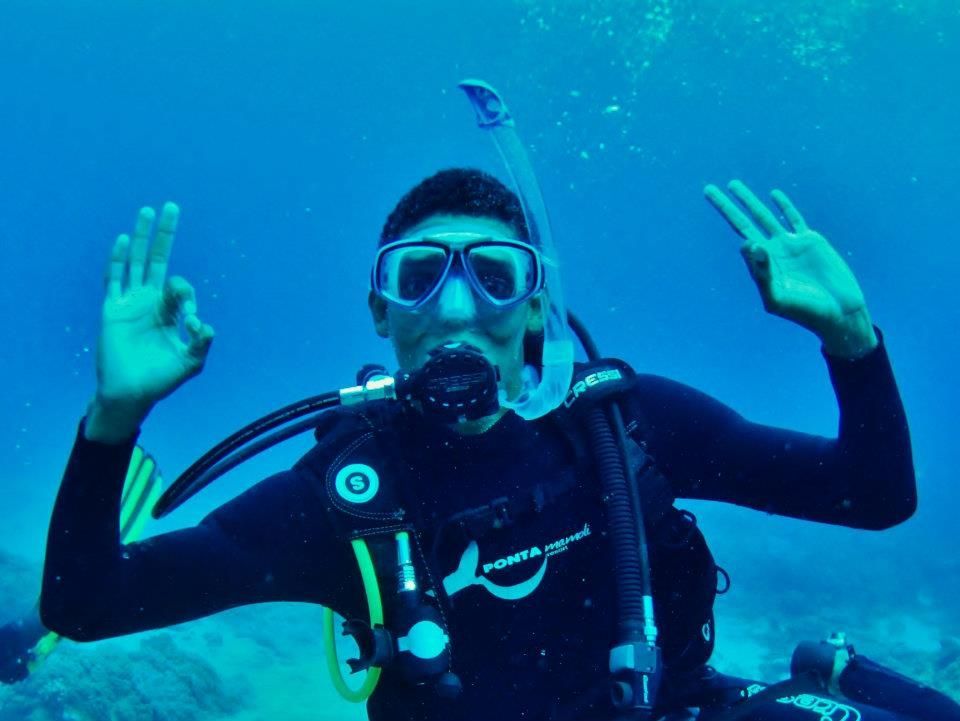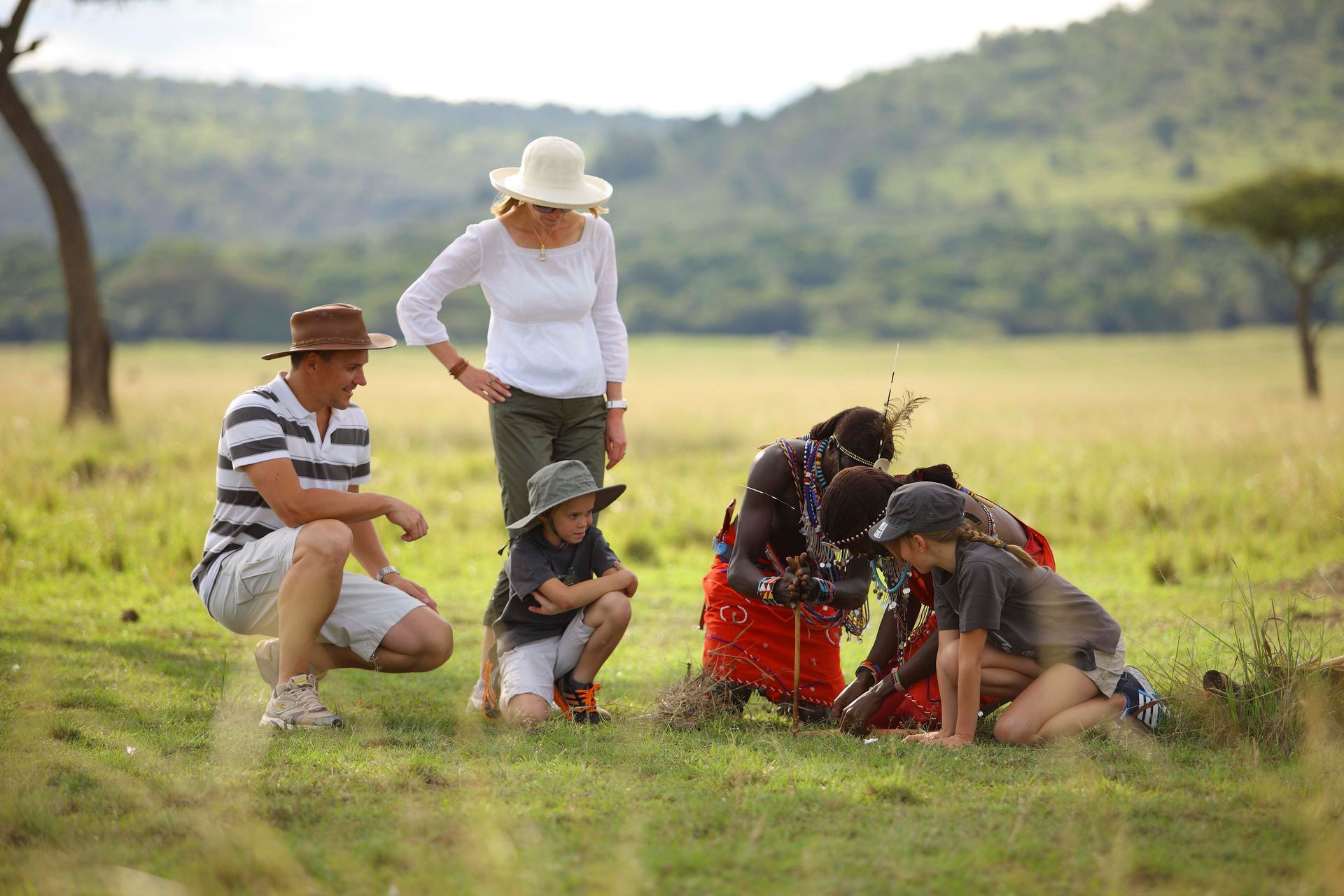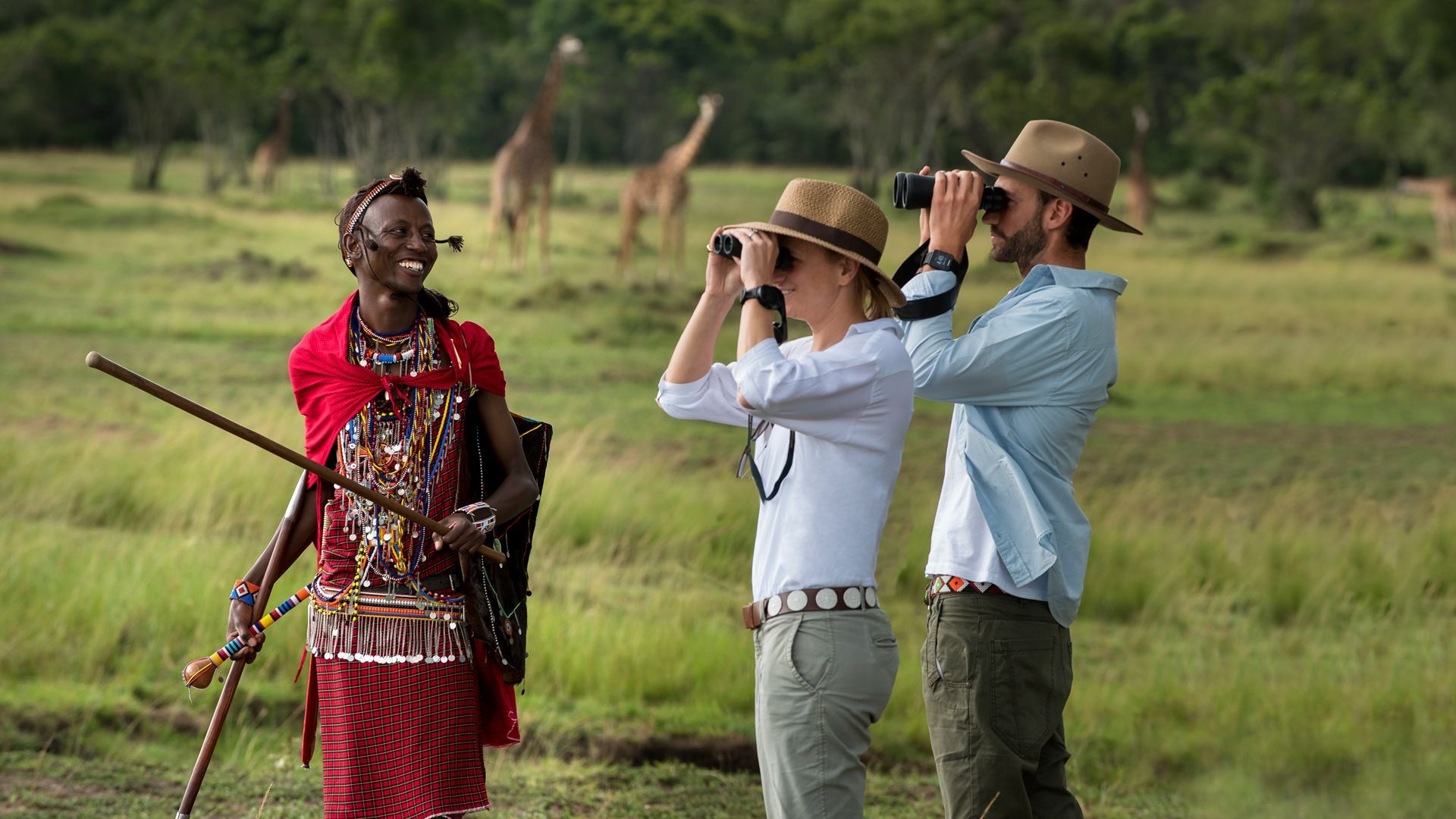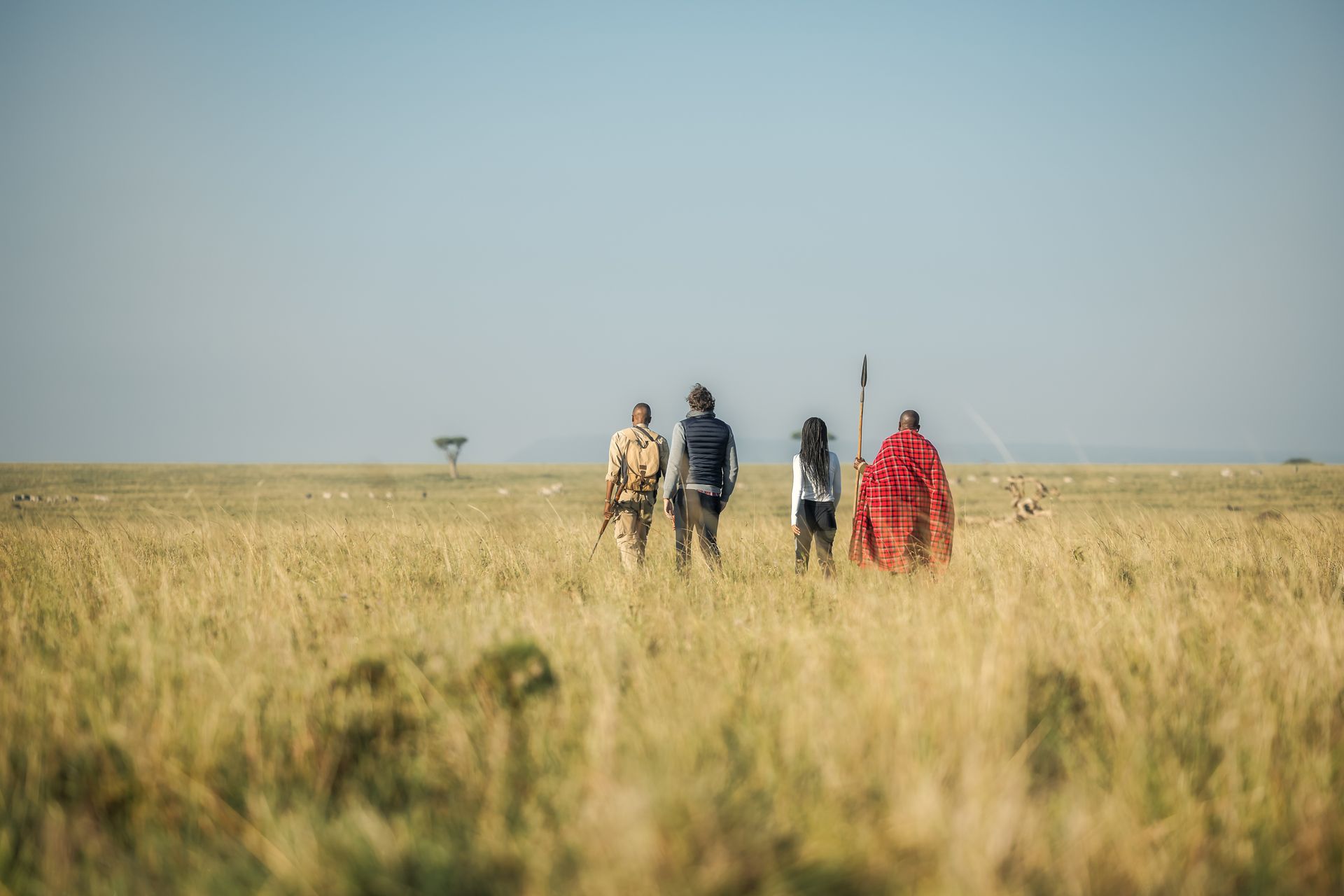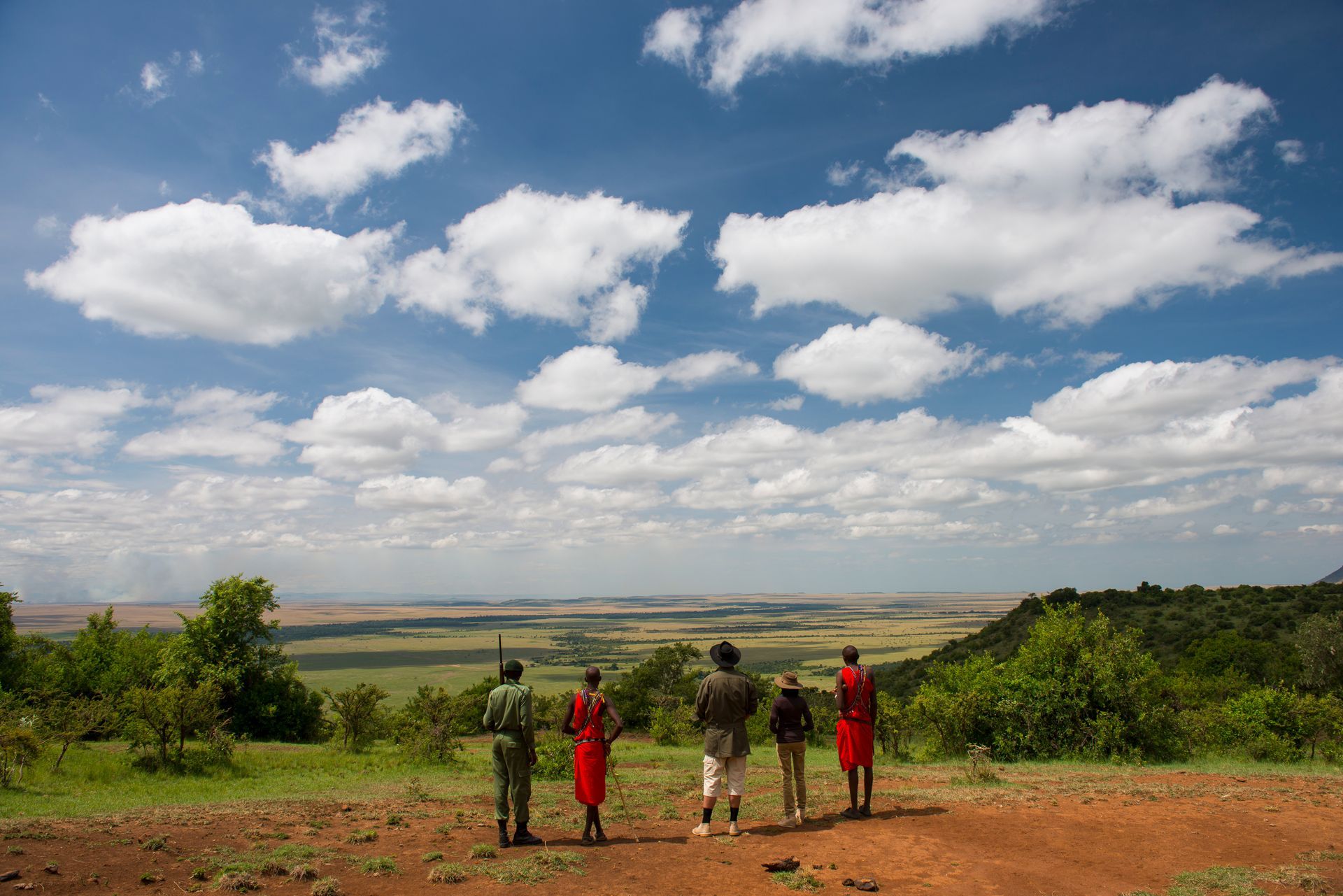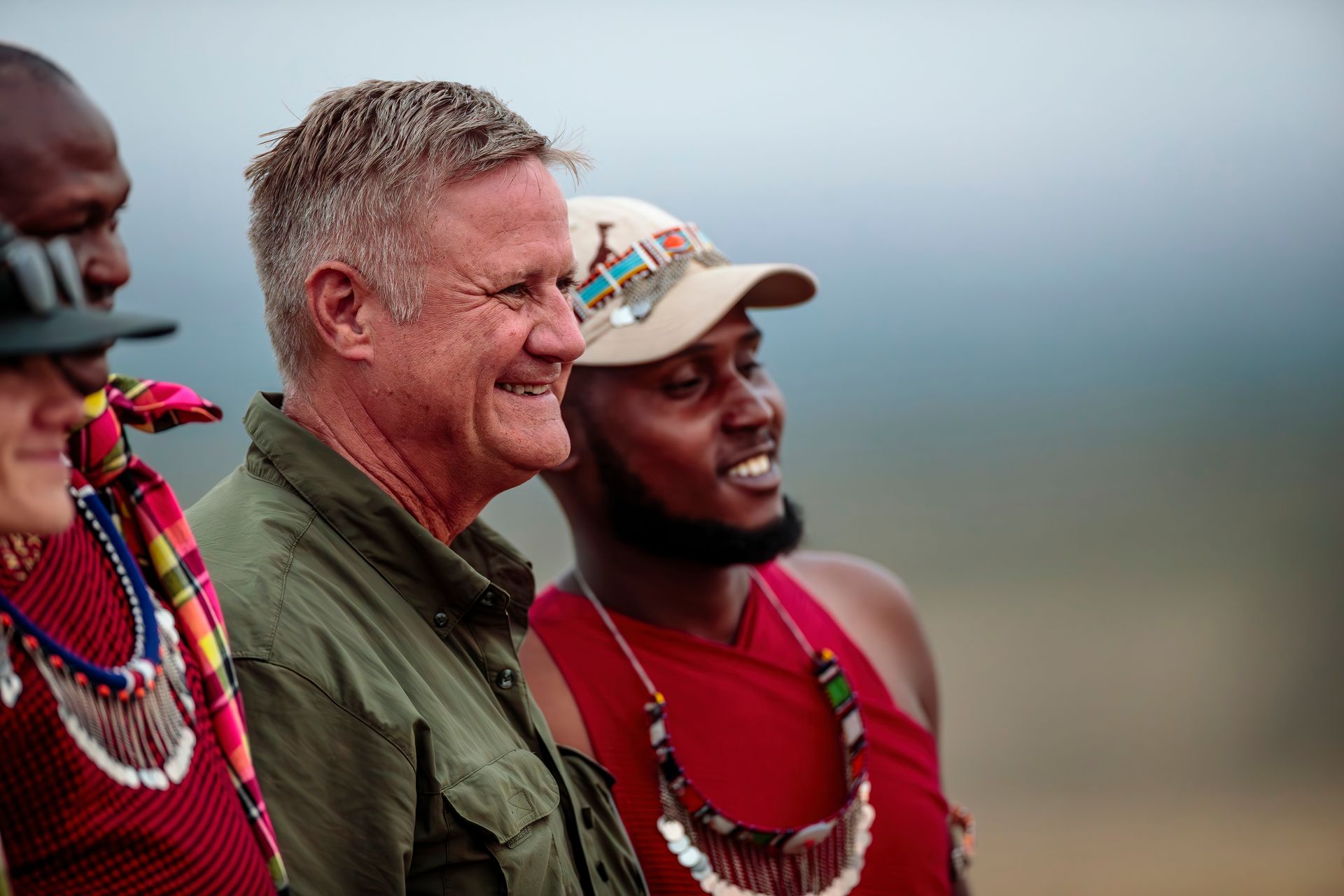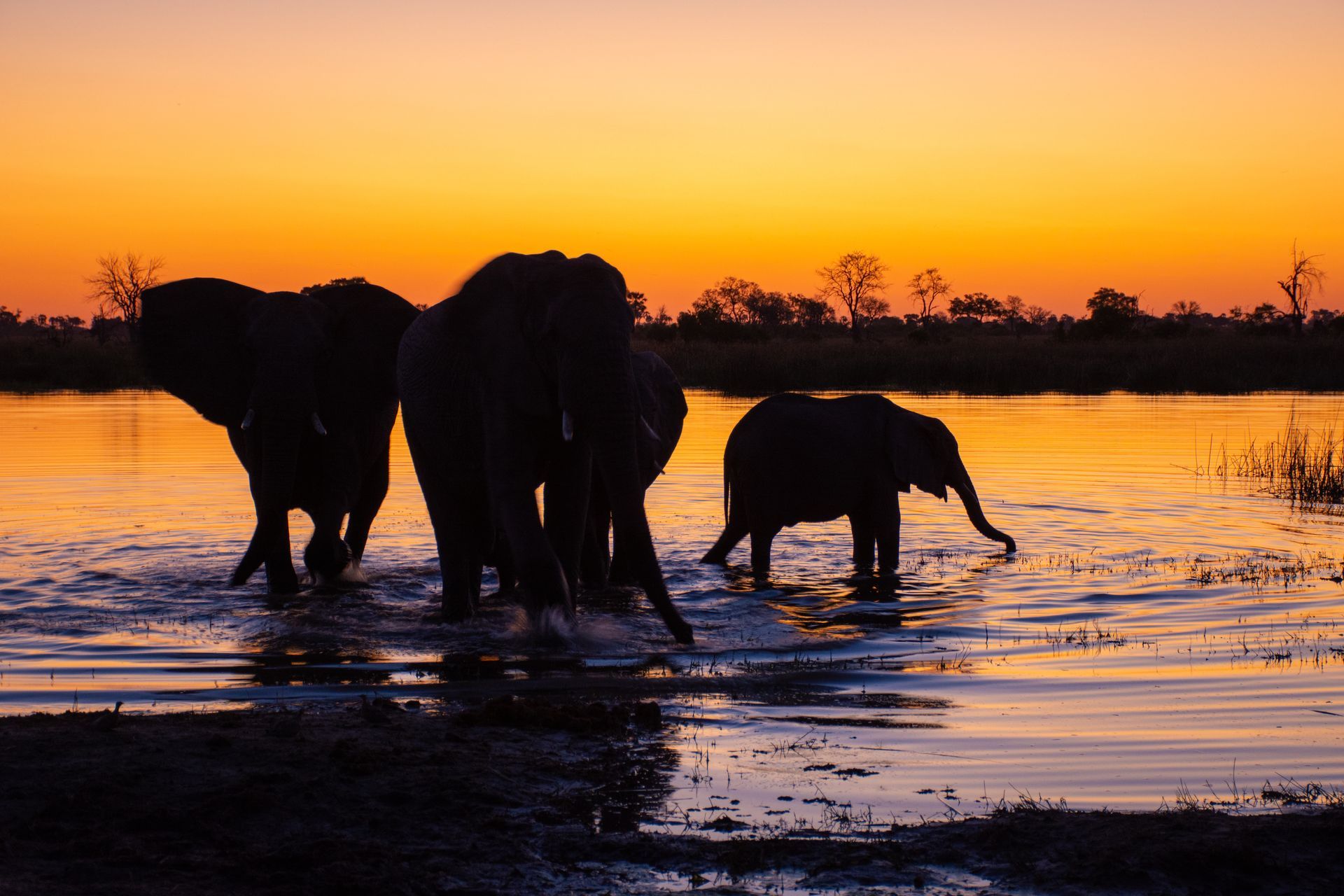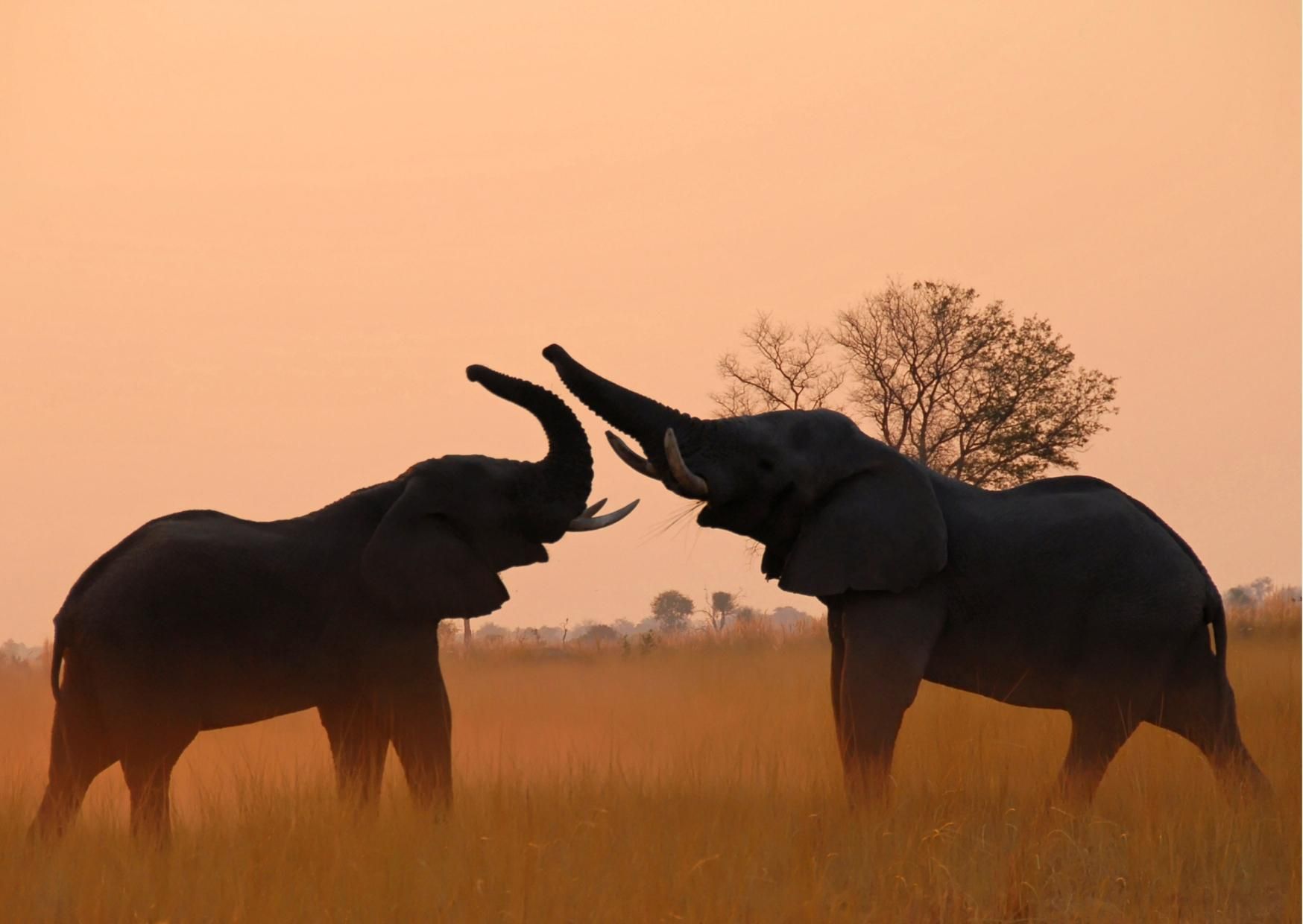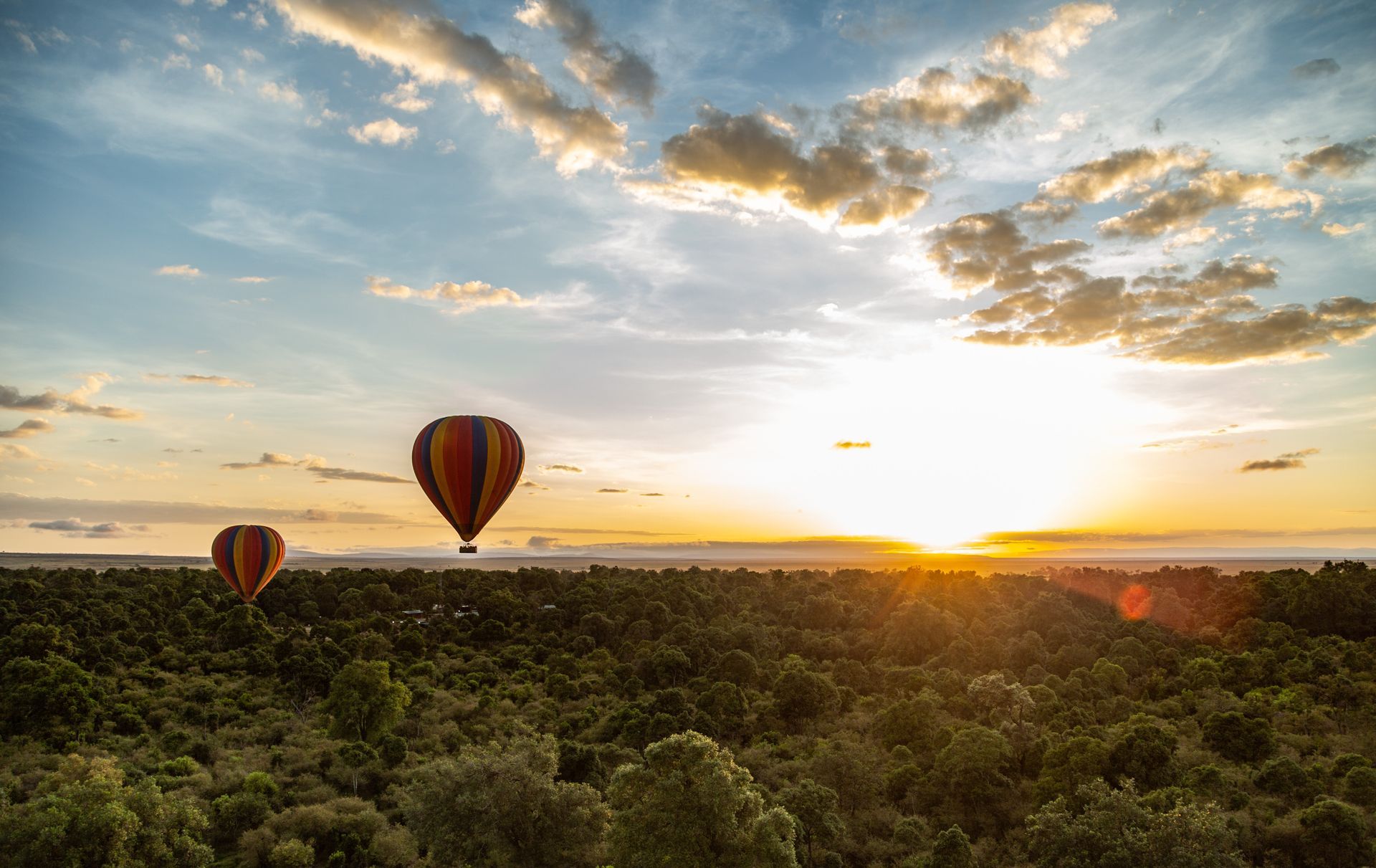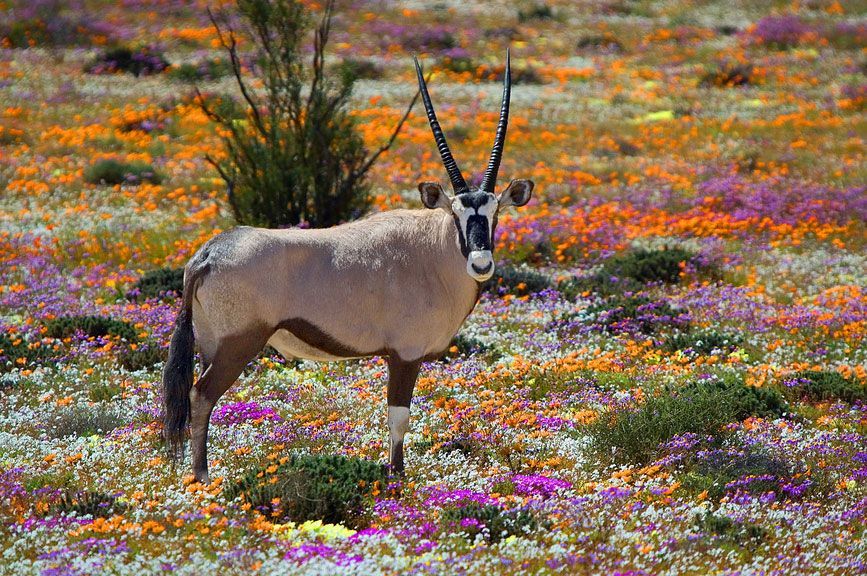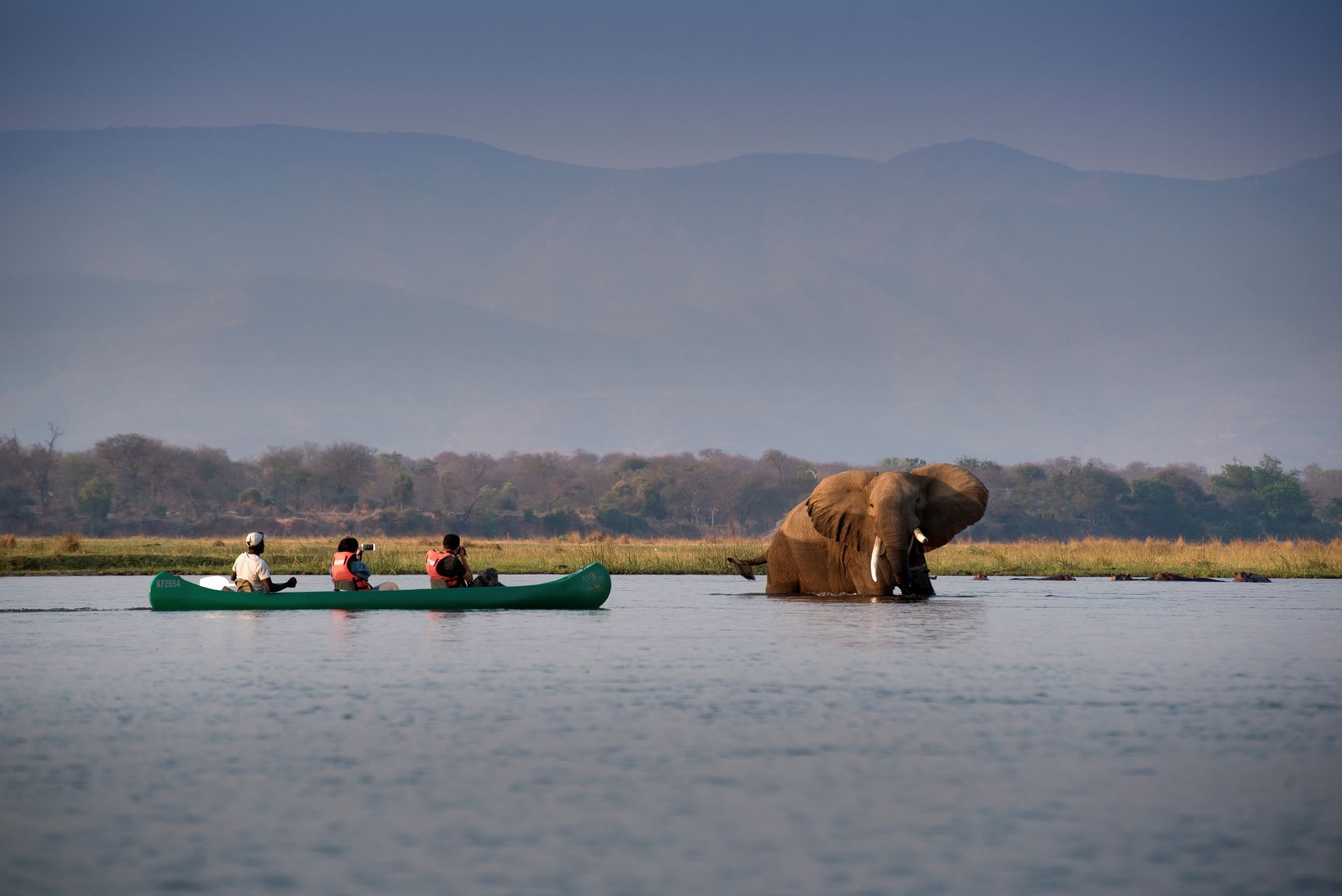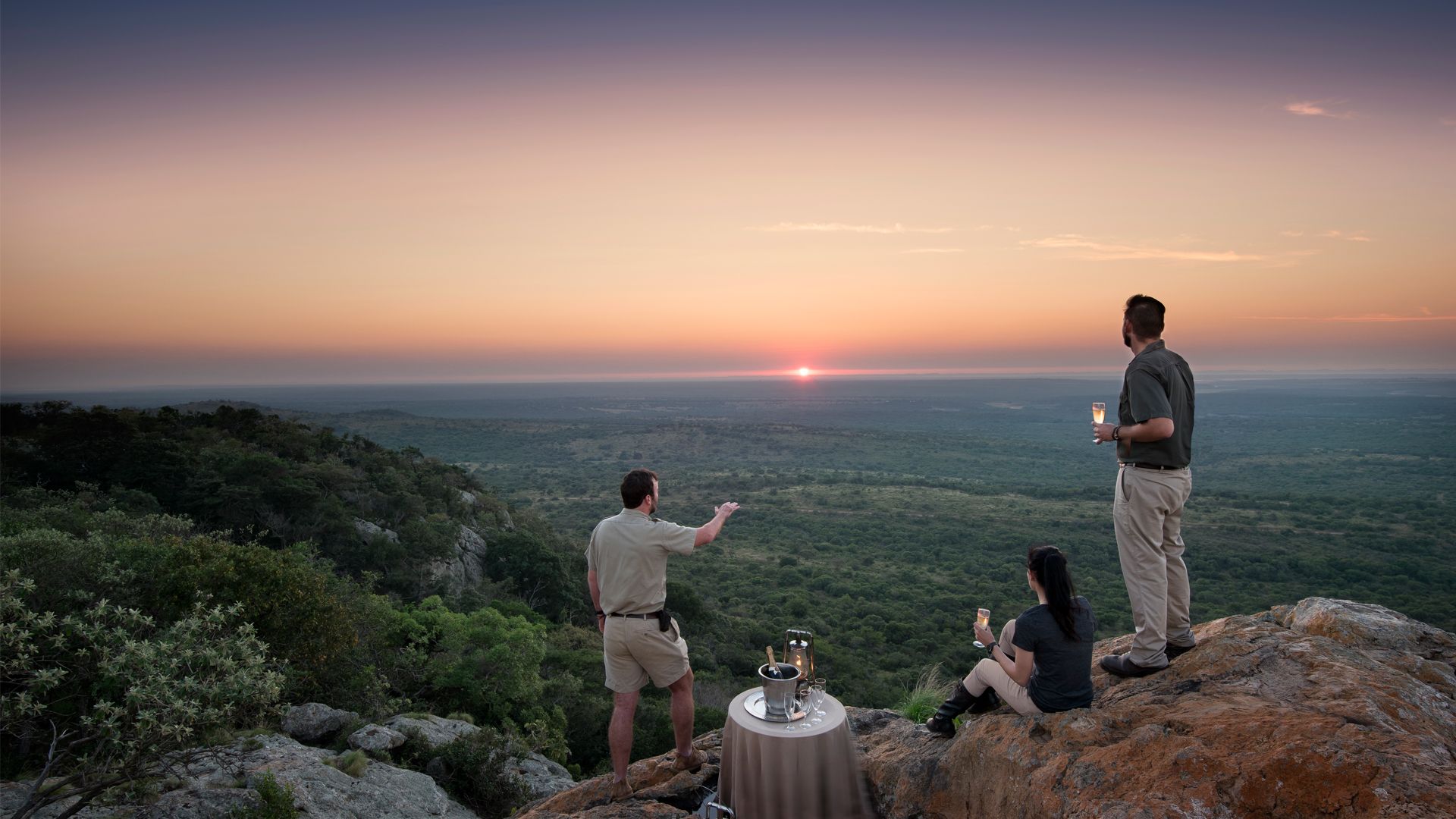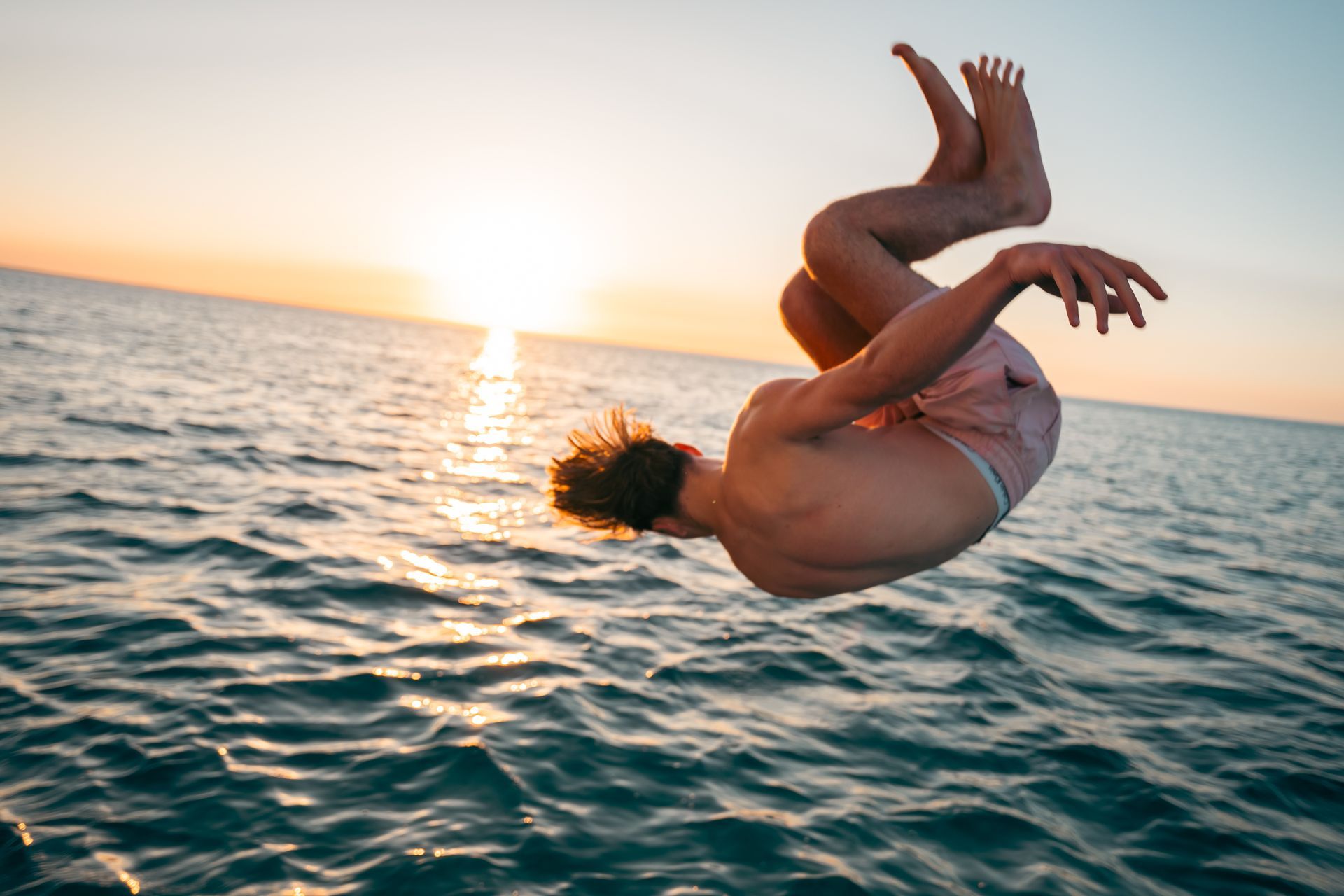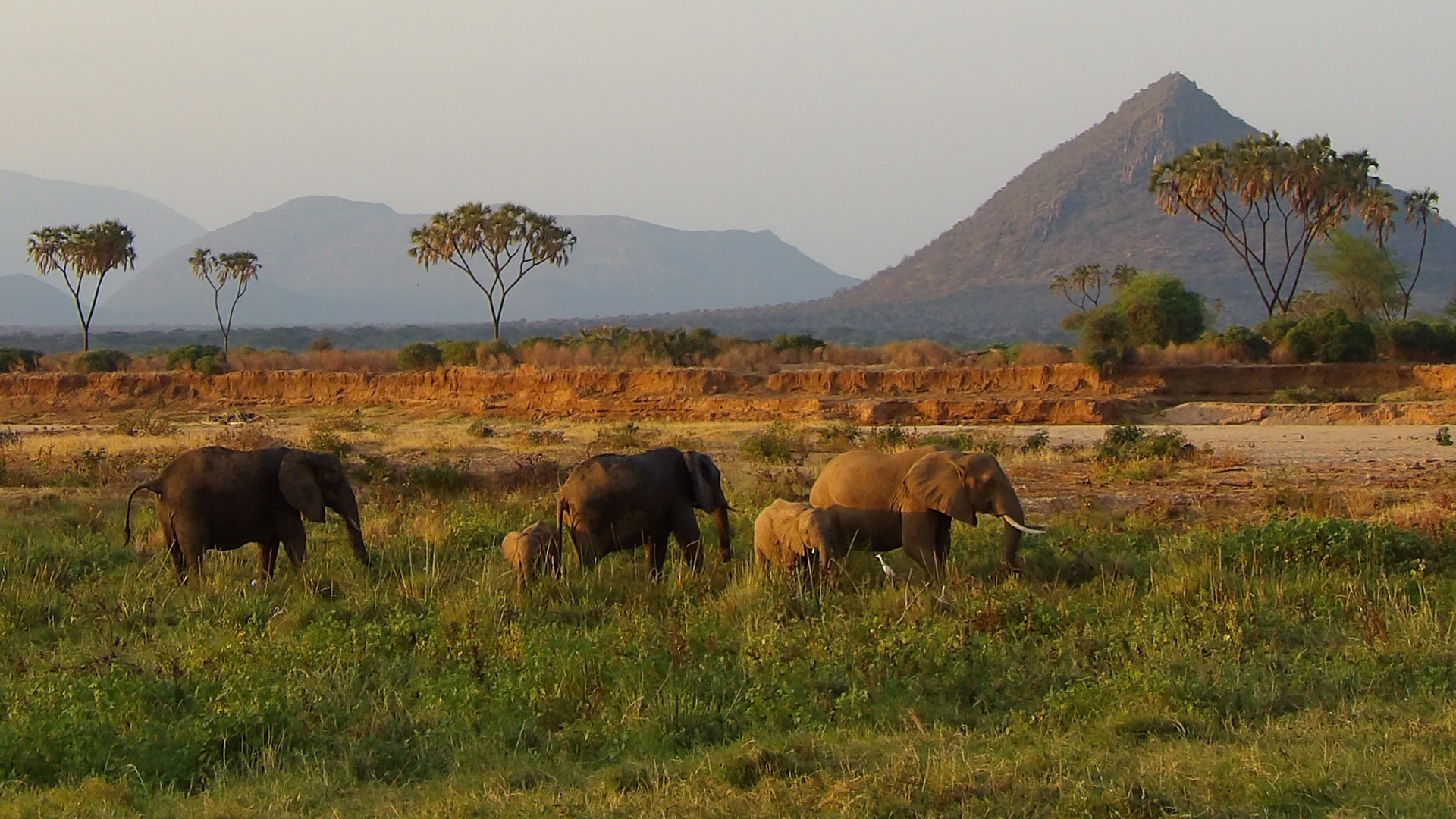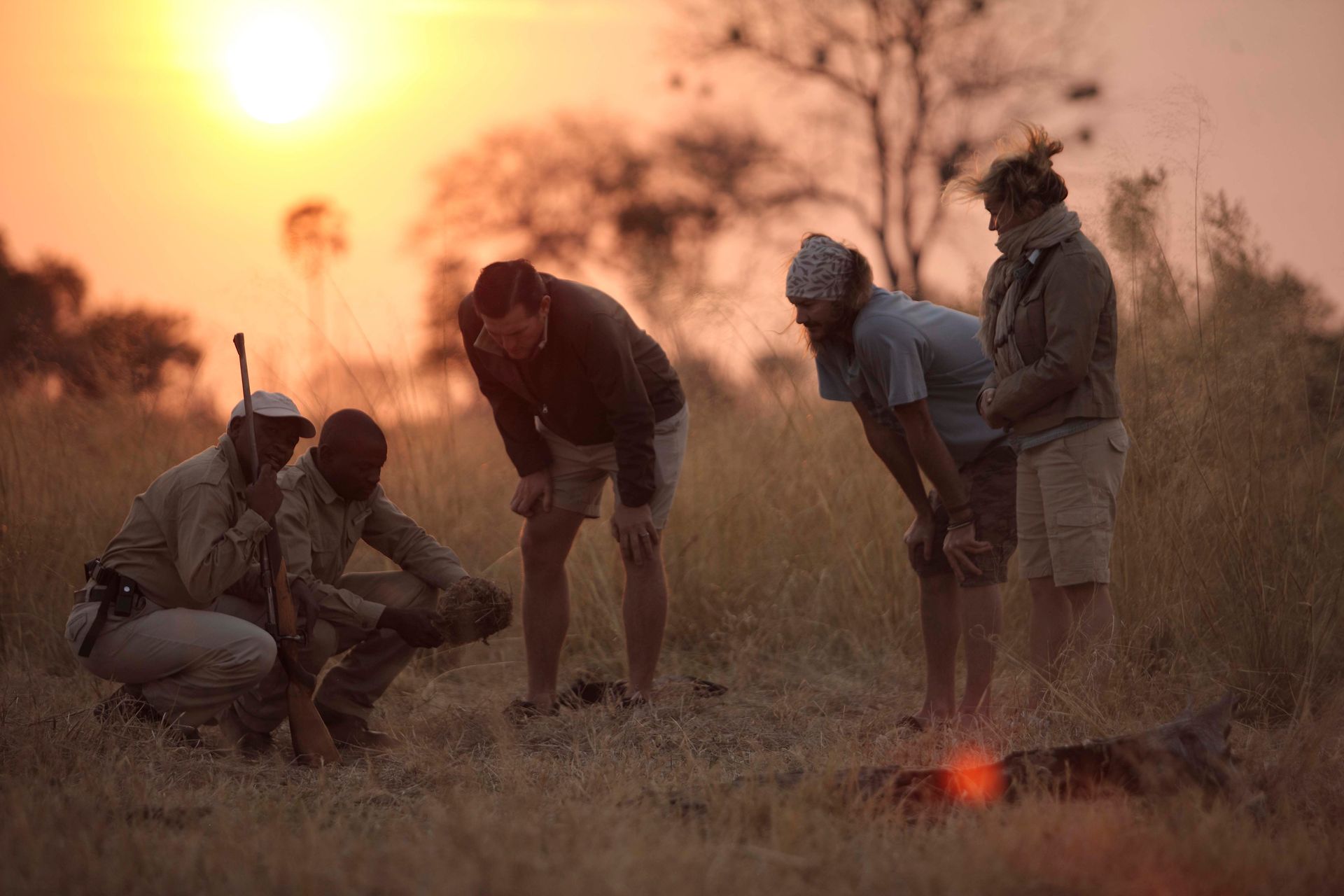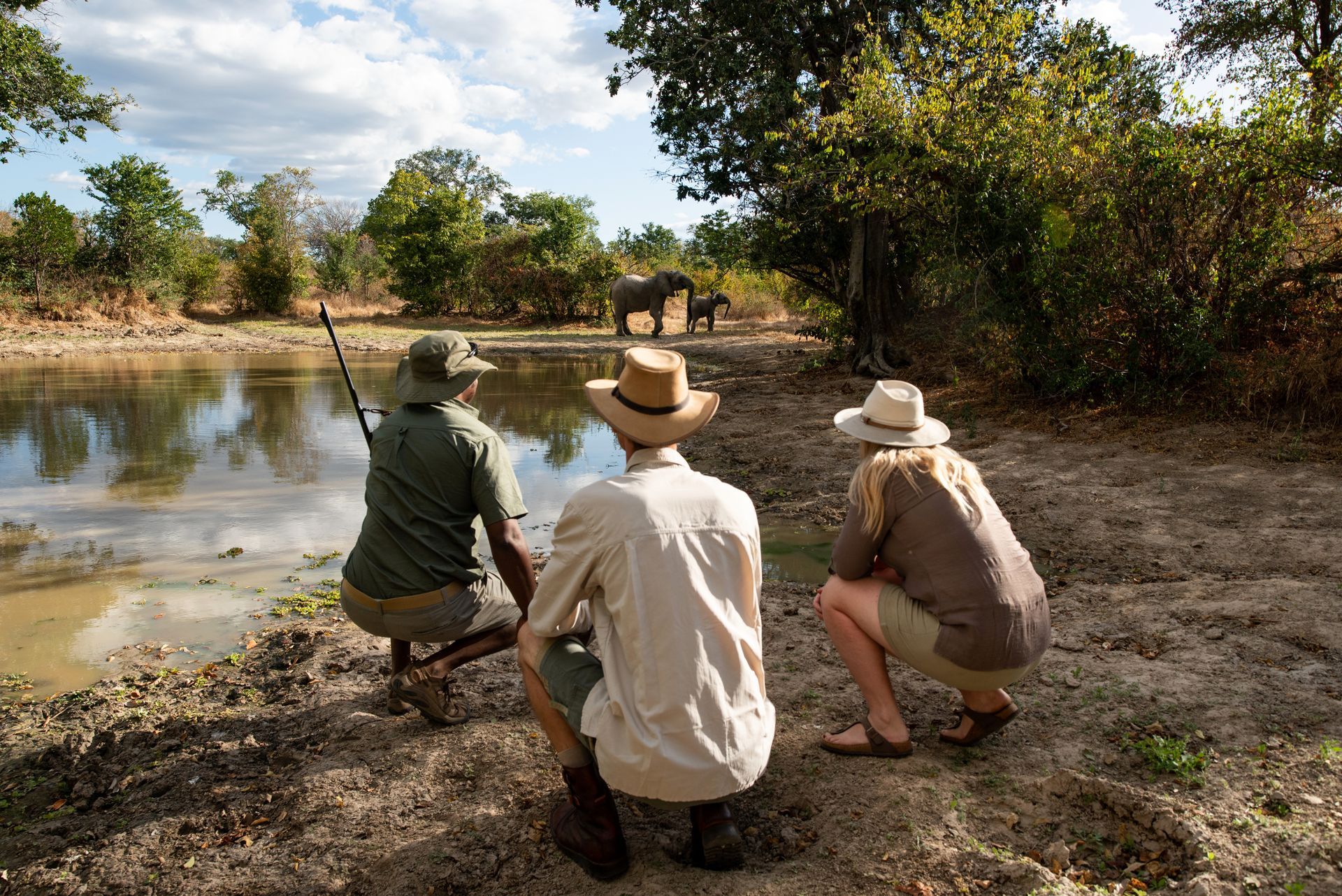5 Unforgettable Wildlife Encounters
That Help Protect Africa’s Wild Places
Travel that gives you goosebumps and gives back
When eco‑tourism is done right, every sighting tells a bigger story. A quiet moment with a mountain gorilla helps fund rangers and community projects. A dawn walk with Maasai guides sustains wildlife corridors and family livelihoods. A gentle glide beside a whale shark turns into real data for scientists fighting to keep our oceans wild.
This guide brings together five extraordinary, conservation‑positive encounters in East and Southern Africa - the kinds of experiences our Hassle‑free Africa travellers love because they’re both soul‑stirring and purpose‑driven. Think small‑group, low‑impact, high‑meaning; the kind of safaris that leave a light footprint and a long‑lasting legacy. Pack comfortable shoes and an open heart because we’re going deep.
Encounter #1: Gorilla Trekking in Rwanda’s Volcanoes National Park
High on the slopes of the Virunga Mountains, where the air is cool and the mist curls through giant lobelias, lives one of the planet’s most extraordinary and fragile treasures: the mountain gorilla.
There are fewer than 1,100 mountain gorillas left in the wild, and roughly a third of them live in Rwanda’s Volcanoes National Park. Every single visit here is tightly controlled. Not just to protect the gorillas, but to ensure that your presence makes a tangible difference. A limited number of trekking permits are issued each day, and the bulk of the fee goes directly to conservation. That means your once-in-a-lifetime encounter helps fund anti-poaching patrols, veterinary care, and ongoing research.
It’s not just the gorillas who benefit. A portion of each permit fee supports surrounding communities by funding schools, health clinics, and small businesses. The result? Locals have a vested interest in protecting gorillas, creating one of the world’s most successful examples of community-driven conservation.
Your trek will likely begin in the early morning, accompanied by experienced trackers and park rangers. The hike can take anywhere from 30 minutes to several hours, winding through thick rainforest and bamboo groves until you hear the rustle that makes your heart leap. Then, you’ll spend a magical, humbling hour watching a gorilla family go about their day with silverbacks standing sentinel, juveniles tumbling in play, mothers cradling tiny infants.
Best time to go: June to September and December to February, when the trails are drier and hiking is easier.
Eco-tip: Hire a local porter even if you don’t need help with your backpack (the fee supports families and provides alternative livelihoods that reduce pressure on park resources).
Encounter #2: Rhino Tracking on Foot in Namibia’s Damaraland
In the rugged, ochre-hued wilderness of Damaraland, the horizon seems endless, the air tastes of dust and freedom, and the ground holds ancient stories in every track. Here, in one of Africa’s last great frontiers, lives the world’s largest population of free-roaming black rhinos - and you have the rare chance to meet them on their terms.
This is no ordinary safari. You’re not in a vehicle, idling quietly while wildlife passes by. Instead, you lace up your boots and set out on foot, following the knowledge of local trackers from the Save the Rhino Trust (SRT). These skilled men and women read the landscape like a living book; decoding the shape of a spoor, the angle of a broken twig, the faintest whiff on the wind. They guide you, slowly and respectfully, toward these remarkable desert-adapted giants.
Every step you take is part of the bigger conservation picture. Your tracking fees directly support SRT’s anti-poaching patrols and monitoring efforts. These rhinos live outside national parks, roaming unfenced wilderness where their survival depends on community stewardship. By giving value to living rhinos through tourism, you help ensure they remain worth more alive than dead.
The experience itself is exhilarating. Sometimes hours of patient tracking, sometimes a sudden moment when you round a rocky outcrop and see that unmistakable silhouette against the sky. The thrill of standing quietly, watching a black rhino browse in the wild, is matched only by the deep sense of connection to a landscape that is both harsh and profoundly alive.
Best time to go: May to October, during the dry season when tracking is easier and wildlife congregates near scarce water sources.
Eco-tip: Travel light, carry plenty of water, and follow your guide’s lead. They’ll know how close is safe for both you and the rhinos.
Encounter #3: Whale Shark & Manta Ray Conservation in Mozambique’s Tofo
If the savannah is Africa’s heartbeat, then Mozambique’s Tofo Beach is where its pulse slows to a languid, sunlit rhythm. Here, warm Indian Ocean currents meet rich plankton blooms, creating a year-round buffet for some of the sea’s most graceful giants: whale sharks and manta rays.
Rather than being a passive observer, you can join a team of marine researchers and conservationists who are actively working to understand and protect these species. Operators like Marine Megafauna Foundation and local dive schools offer snorkel or dive trips where every sighting is logged. Photographs of a whale shark’s unique spot pattern, for example, are uploaded to global databases to track individuals across oceans. Manta rays are identified by their belly markings, with each encounter adding valuable data to long-term studies.
The beauty of this eco-experience is that your holiday becomes part of the science. Whale sharks, the world’s largest fish, can grow up to 12 metres long, yet they feed only on tiny plankton. Manta rays, with their five-metre wingspans, glide as if flying through liquid sky. Sharing the water with them is a deeply humbling experience. There’s no touching, no chasing, just a quiet awe as they pass within arm’s reach.
Tourism here plays a crucial role in protecting marine life. Healthy reef ecosystems and abundant megafauna attract divers from around the world, giving local communities a strong incentive to conserve rather than exploit. Your visit supports livelihoods built on the ocean’s continued vitality.
Best time to go: Whale sharks can be seen year-round, but peak sightings are from October to March. Manta rays are more common from November to April.
Eco-tip: Choose an operator certified in responsible marine tourism, follow the “look but don’t touch” rule, and use reef-safe sunscreen to protect fragile ecosystems.
Encounter #4: Walking Safaris with Maasai Guides in Kenya’s Conservancies
Out here, in the rolling savannahs of Kenya’s private and community-run conservancies, the rhythm of the bush feels entirely different when you leave the vehicle behind. Without the low rumble of an engine, you hear the wind in the grass, the soft scuff of your boots, and the rustle of a browsing giraffe somewhere ahead. This is safari at its most elemental—slow, quiet, and deeply connected.
Walking with Maasai guides is far more than a wildlife experience; it’s an immersion into a culture that has lived alongside lions, elephants, and antelope for centuries. Your guides read the land with extraordinary skill, identifying plants used for medicine, explaining the intricate relationships between species, and telling stories that have been passed down through generations.
These conservancies, like those in the Mara North, Olare Motorogi, and Selenkay areas, are models of community-led conservation. Maasai families lease their land to wildlife tourism operators in return for income, jobs, and development projects. By travelling here, you help fund anti-poaching patrols, secure vital wildlife corridors, and ensure that the benefits of tourism flow directly to local people.
The wildlife viewing is superb, with fewer vehicles than in the national parks and a greater sense of exclusivity. You might follow fresh lion tracks, stand quietly as elephants browse acacias, or watch a secretary bird stalk through the grass. And because you’re on foot, every detail - from a dung beetle rolling its prize to the scent of wild basil underfoot - feels heightened.
Best time to go: June to October for the Great Migration in neighbouring reserves, though it’s a very time of year and conservancy wildlife is excellent year-round.
Eco-tip: Support cultural integrity by buying crafts directly from local women’s cooperatives, where sales contribute to family incomes and education.
Encounter #5: Elephant Rehabilitation in Botswana’s Okavango Delta
In the shimmering waterways and palm-fringed islands of Botswana’s Okavango Delta, elephants are more than just icons of the wild - they’re ambassadors for coexistence. Sadly, some have faced trauma: orphaned by poaching, injured by human-wildlife conflict, or displaced by habitat loss. Here, you can witness the quiet, determined work of elephant rehabilitation - where care, patience, and respect guide every interaction.
Centres like the Elephant Havens Wildlife Foundation take in orphaned calves, often just months old, and provide round-the-clock care until they’re strong enough to join a “nursery herd.” This surrogate family includes both other rescued elephants and experienced caregivers who teach them the skills they’ll need to survive back in the wild, such as how to forage, how to communicate, and how to navigate the floodplains when the Delta fills each year.
Visitors are welcomed in a controlled, ethical way. You might watch a feeding session from a respectful distance, learn each elephant’s rescue story, or accompany the herd on a walk as they forage naturally. There’s no riding, no tricks - just the joy of seeing these intelligent, social beings begin to heal.
Your visit directly funds veterinary care, food, and long-term monitoring once the elephants are released. In a country where elephants are both celebrated and sometimes in conflict with communities, these projects also work to create understanding by building schools, training farmers in elephant-safe agriculture, and showing that living alongside these giants can bring benefits despite there also being challenges.
Best time to go: May to October, when the Delta is in full flood and wildlife viewing is spectacular.
Eco-tip: Choose a rehabilitation centre with transparent, ethical practices and a clear focus on rewilding, not permanent captivity.
